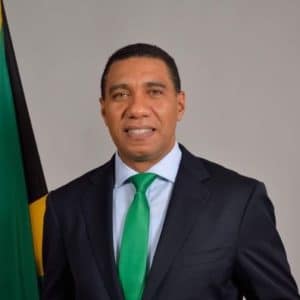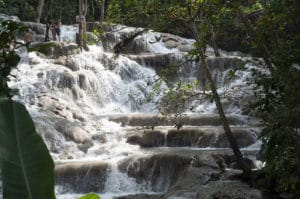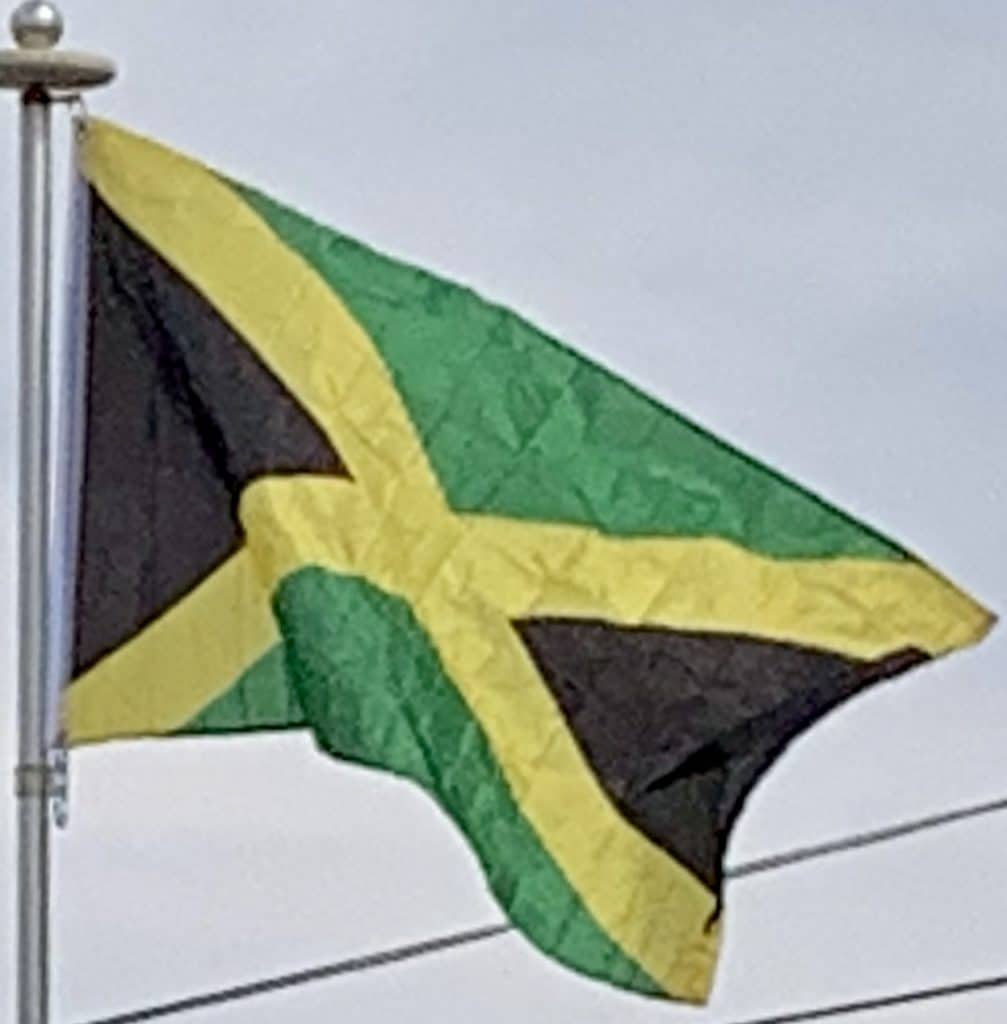The PNP went on to win a string of elections, under Prime Ministers Michael Manley (1989–1992), P. J. Patterson (1992–2005) and Portia Simpson-Miller (2005–2007). During this period various economic reforms were introduced, such as deregulating the finance sector and floating the Jamaican dollar, as well as greater investment in infrastructure, while also retaining a strong social safety net. Political violence, so prevalent in the previous two decades, declined significantly. In 2007 the PNP were defeated by the JLP, ending 18 years of PNP rule; Bruce Golding became the new prime minister. Golding’s tenure (2007-2010) was dominated by the effects of the global recession, as well as the fallout from an attempt by Jamaican police and military to arrest drug lord Christopher Coke in 2010 which erupted in violence, resulting in over 70 deaths. As a result of this incident Golding resigned and was replaced by Andrew Holness in 2011; Holness was defeated in the 2011 Jamaican general election, which saw Portia Miller-Simpson return to power, but Holness began a second term after winning the 2016 Jamaican general election.

Independence, however widely celebrated in Jamaica, has been questioned in the early 21st century. In 2011, a survey showed that approximately 60% of Jamaicans believe that the country would have been better off had it remained a British colony, with only 17% believing it would have been worse off, citing as problems years of social and fiscal mismanagement in the country.
Geography:
Jamaica is the third largest island in the Caribbean. Mountains dominate the interior: the Don Figuerero, Santa Cruz, and May Day mountains in the west, the Dry Harbour Mountains in the centre, and the John Crow Mountains and Blue Mountains in the east, the latter containing Blue Mountain Peak, Jamaica’s tallest mountain at 2,256 m. They are surrounded by a narrow coastal plain. Jamaica only has two cities, the first being Kingston, the capital city and center of business, located on the south coast and the second being Montego Bay, one of the best known cities in the Caribbean for tourism, located on the north coast. Kingston Harbour is the seventh-largest natural harbor in the world, which contributed to the city being designated as the capital in 1872. Other towns of note include Portmore, Spanish Town, Savanna la Mar, Mandeville and the resort towns of Ocho Ríos, Port Antonio and Negril.

Tourist attractions include Dunn’s River Falls in St. Ann, YS Falls in St. Elizabeth, the Blue Lagoon in Portland, believed to be the crater of an extinct volcano, and Port Royal, site of a major earthquake in 1692 that helped form the island’s Palisadoes tombolo.
Among the variety of terrestrial, aquatic and marine ecosystems are dry and wet limestone forests, rainforest, riparian woodland, wetlands, caves, rivers, seagrass beds and coral reefs. Among the island’s protected areas are the Cockpit Country, Hellshire Hills, and Litchfield forest reserves. In 1992, Jamaica’s first marine park, covering nearly 15 square kilometres (5.8 sq mi), was established in Montego Bay. Portland Bight Protected Area was designated in 1999. The following year Blue and John Crow Mountains National Park was created, covering roughly 300 square miles (780 km2) of a wilderness area which supports thousands of tree and fern species and rare animals.
